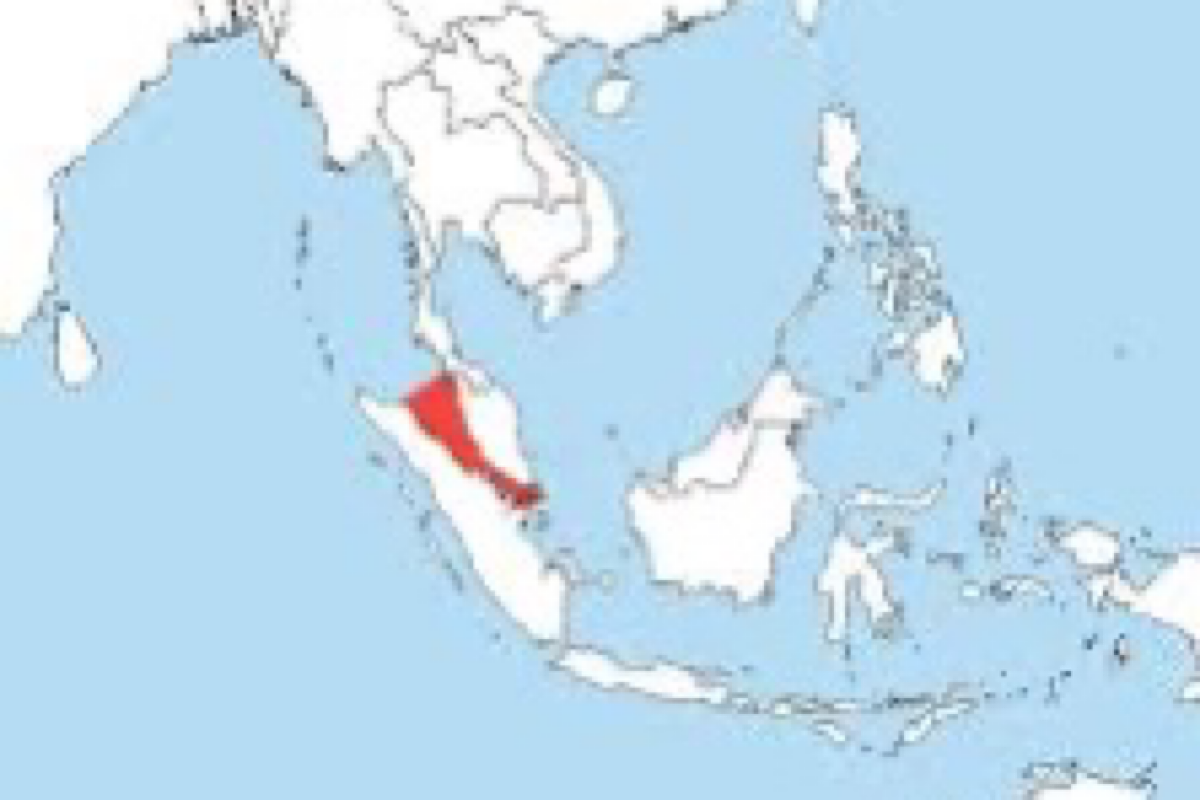The Malacca Strait is arguably the most important strategic and economic maritime choke point in the world. As a sea lane which connects the Indian and Pacific Oceans, the Strait is vital for trade and security policies of Southeast Asian nations. Given the great power rivalry which is playing out in the Indo-Pacific region, however, this body of water is now dealing with multiple troubles.
For context, it may be noted that about 60 per cent of global maritime trade passes through this region and economies in the region together account for 60 per cent of global GDP. Additionally, its biodiversity is the world’s greatest, housing about 3,000 marine species, which reflects the region’s environmental importance. But says scholar Kaewkamol Pitakdumrongkit of the S. Rajaratnam School of International Studies, Singapore, the Strait of Malacca and the wider Indo-Pacific are faced with numerous threats. First, the Strait is a chokepoint; with 90,000 ships passing through it every year, congestion creates navigational hazards. When collisions occur, they delay or disrupt the flow of goods and can cause environmental damage especially due to oil spills.
Advertisement
Piracy, meanwhile, has re-emerged as a potent threat; statistics released by the Regional Cooperation Agreement on Combating Piracy and Armed Robbery against Ships in Asia Information Sharing Centre in the first half of 2023 showed that the Malacca Strait had witnessed 38 incidents of piracy, a 41 per cent rise over 2022. Piracy not only complicates navigation but disrupts maritime trade severely. Finally, environmental threats emanating from climate change have recently worsened.
As we know, global warming exacerbates sea—level rises, increases the frequency and severity of natural disasters and alters fish migration patterns. Pitakdumrongkit argues that land erosion and reduced fish populations resulting from rising temperatures jeopardises the livelihood of coastal communities, and extreme weather delays maritime transportation of goods through the Malacca Strait there by disrupting regional supply chains. But over and above these factors are the geopolitical ones which pose potentially the gravest threat for the states of the Indo-Pacific dependent on the Malacca Strait.
The tit-for-tat punitive economic measures by the USA and China against each other are still largely in place and this has resulted in a reduction of trade vol- ume and value between the world’s two largest economies, the first-order effect of which has been a marked decrease in the volume and value of sea-borne trade passing through the Strait. Regional economies are intertwined in Indo-Pacific supply chains and rising acrimony between Washington and Beijing is projected to further impact regional trade in goods and services. The deepest worry for experts and policymakers alike is that crises in the South China Sea, where several Asean member-states and China have maritime and territorial disputes, could be a flashpoint that cripples the movement of vessels through the Malacca Straits. If it comes to pass, that would be a disaster for the entire region.











